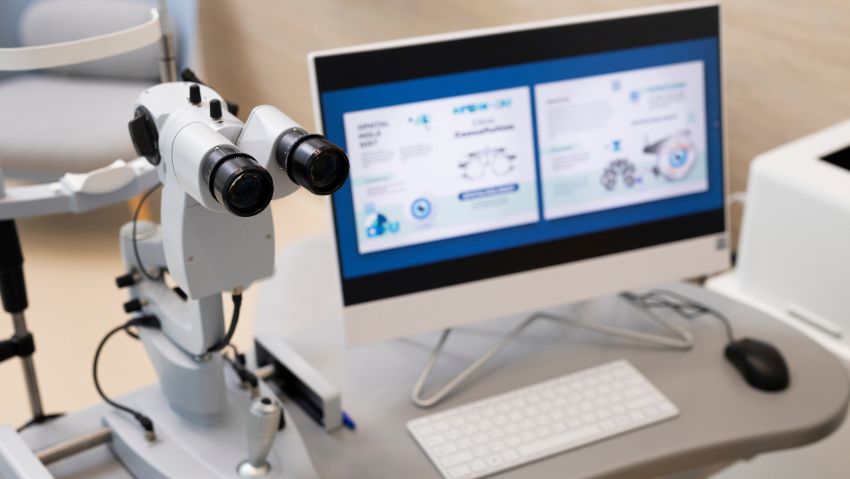
Table of Contents
Introduction
What Is a Cryo Bank?
Types of Reproductive Samples Stored
Cryopreservation: The Science Behind the Freeze
Storage Conditions and Temperature Monitoring
Labeling, Tracking, and Chain of Custody
Security and Regulatory Compliance
The Role of Digital Tools in Cryo Bank Management
Conclusion
Introduction
Cryo banks are the unsung heroes of assisted reproductive technology (ART). Behind every successful IVF cycle involving preserved eggs, sperm, or embryos lies a cryo bank ensuring these samples are stored in precise conditions. Modern IVF software now plays a crucial role in managing these processes, offering automated inventory tracking, temperature monitoring and alerts to safeguard long-term sample viability.
What Is a Cryo Bank?
A cryo bank is a specialized facility that freezes and stores biological material—primarily reproductive samples such as sperm, oocytes (eggs), and embryos—at ultra-low temperatures using liquid nitrogen. These banks support fertility preservation, donor programs, and IVF treatments across the globe.
Types of Reproductive Samples Stored
Cryo banks handle a variety of sample types, including:
Sperm – For fertility preservation, donor insemination, or IVF.
Oocytes – Retrieved and frozen for later use in IVF.
Embryos – Fertilized eggs stored post-IVF for future implantation.
Ovarian and testicular tissue – In rare cases, for experimental fertility preservation.
Each type requires specific freezing and storage protocols to maintain integrity.
Cryopreservation: The Science Behind the Freeze
Cryopreservation involves cooling biological material to sub-zero temperatures, typically −196°C, to stop all metabolic activity. Key steps include:
Cryoprotectant Use – Prevents ice crystal formation that can damage cells.
Controlled Rate Freezing or Vitrification – Gradual or ultra-rapid cooling based on sample type.
Sealed Storage – Samples are sealed in straws or vials and immersed in liquid nitrogen.
Storage Conditions and Temperature Monitoring
Consistency in ultra-low temperature storage is vital. Cryo banks maintain:
- −196°C using liquid nitrogen tanks
- 24/7 digital temperature monitoring systems
- Alarm systems for temperature deviations
- Redundant power and storage systems
These conditions ensure samples remain viable for years—even decades.
Labeling, Tracking, and Chain of Custody
Each sample undergoes meticulous labeling with:
Unique donor/patient identifiers
Date and type of sample
QR/barcodes for scanning and digital tracking
This supports a clear chain of custody, ensuring samples are never misidentified or misplaced. Digital systems log every action—from intake to retrieval—to ensure full traceability.
Security and Regulatory Compliance
Cryo banks follow strict international and national regulations such as:
ICMR (India), HFEA (UK), FDA (USA)
ISO 20387 biobanking standards
GDPR/HIPAA for patient data protection
Security measures include restricted access, biometric entry, CCTV, and audit trails for every interaction.
The Role of Digital Tools in Cryo Bank Management
Modern cryo banks are embracing digital platforms to:
- Automate temperature logging and alerts
- Digitally manage consent forms and chain of custody
- Provide real-time visibility into storage inventory
- Reduce manual errors and improve operational efficiency
These tools help clinics scale safely and remain compliant with evolving regulations.
Conclusion
Cryo banks are critical to the success of ART procedures, providing reliable and secure long-term storage of reproductive materials. Through controlled environments, strict labeling and now, digital innovation, they offer peace of mind to both patients and providers.
Vitrify supports cryo banks with advanced digital tools that automate storage monitoring, maintain compliance and ensure sample integrity—every step of the way.